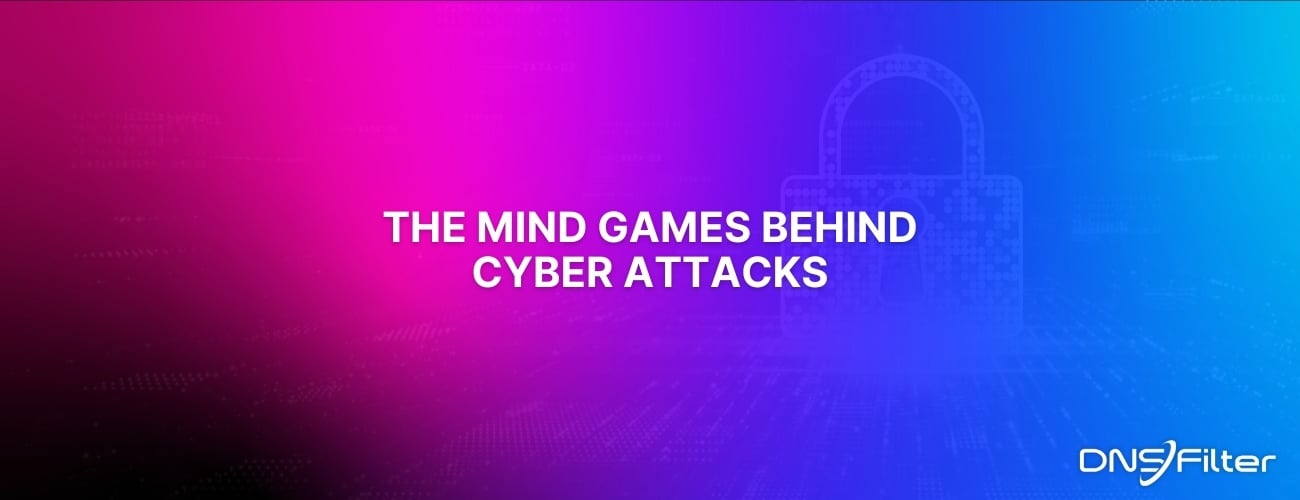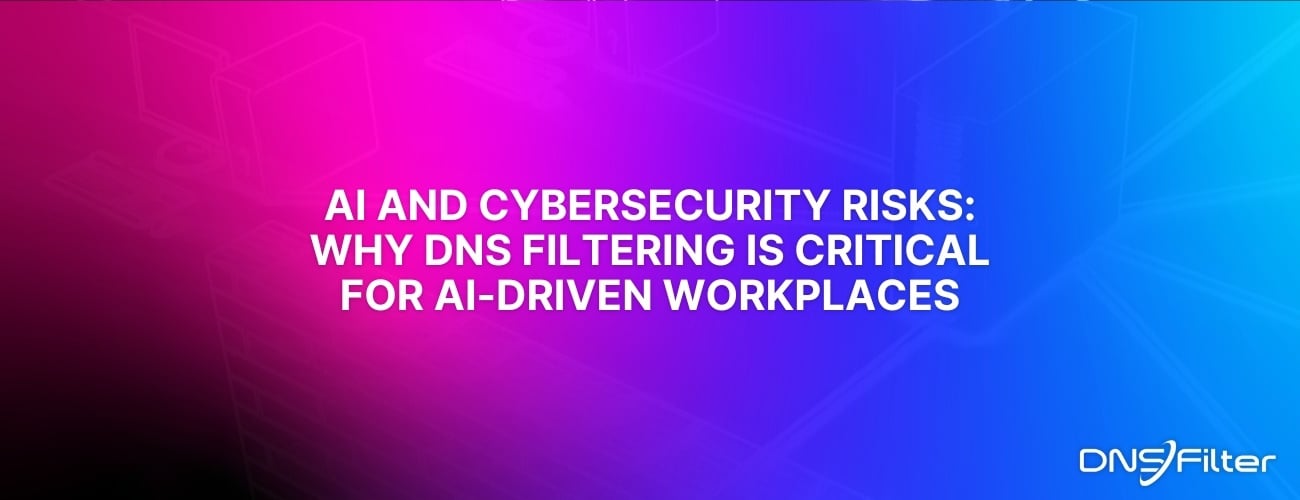Share this
Beyond Basic Phishing Training: Expanding Cybersecurity Measures
by Mikey Pruitt on Jun 28, 2024 5:32:00 AM
Phishing training is valuable, but human error remains a major factor in security incidents. In fact, Verizon’s 2024 Data Breach Investigations Report found that human error plays a role in 82% of breaches. That means even the most well-trained employees can still fall victim to sophisticated attacks. To mitigate these risks, businesses must go beyond training and adopt a security strategy that stops threats before they reach users
Beyond Phishing: New Threats on the Horizon
Today’s phishing attacks are AI-generated, highly personalized, and often indistinguishable from legitimate communications. Training alone can’t stop threats that employees may not even recognize as malicious. Attackers now use AI to craft messages that appear highly authentic, removing common red flags such as spelling errors or unusual formatting. In many cases, phishing emails are designed to:
- Impersonate executives, HR departments, or vendors.
- Use personalized information to build trust.
- Link to newly registered domains, which are often not yet flagged as malicious.
Relying solely on phishing training is akin to safeguarding a fortress with a single guard. DNSFilter’s real-time AI-powered filtering provides dynamic defense, blocking malicious sites before users interact with them.
To truly safeguard networks, businesses need a multi-layered security approach that stops phishing attempts before they even reach users.
Real-Time Content Filtering
Phishing training is like teaching employees to spot fake IDs at a security checkpoint—but what happens when the counterfeit IDs are nearly flawless? That’s why security teams rely on advanced scanners to detect fraud. The same principle applies to cybersecurity. With phishing attacks becoming increasingly sophisticated, real-time content filtering is essential. Instead of depending solely on user awareness, DNSFilter’s AI-powered filtering proactively blocks access to malicious sites before anyone has the chance to click.
Incorporating Layered Security
Sophisticated attacks require more than a one-size-fits-all solution. Layered security ensures that if one measure fails, others catch the threat before damage is done.
Earlier detection leads to quicker responses, minimizing damage. MSPs can utilize DNSFilter’s monitoring tools to gain real-time analytics and threat intelligence. Where possible, consider implementing multi-factor authentication (MFA) and Single Sign On (SSO) for all technologies that allow it. Then consider adding the following layers to your technology stack, if they are not already there:
- Intrusion Detection Systems (IDS)
- Endpoint Detection and Response (EDR)
- Firewalls
- Security Information and Event Management (SIEM)
- Data Loss Prevention (DLP)
DNS filtering is a key part of a layered security architecture, because it integrates with all of the technologies above and allows them to do what they’re good at. DNS filtering is often the first line of defense, stopping threats before they reach users. By blocking malicious sites at the DNS level, businesses can prevent phishing attacks, malware infections, and unauthorized access attempts before they escalate
Continuous Threat Monitoring and Response: A Proactive Approach
Threats evolve quickly, making real-time monitoring essential. Businesses that rely only on periodic phishing training leave long gaps where employees remain unprepared for new attack methods. Continuous monitoring ensures that security teams stay ahead of emerging threats.
Automated Incident Response: Stopping Attacks Before Damage Occurs
When an attack is detected, the speed of response is critical. Manual processes can slow down mitigation efforts, allowing attackers to exploit weaknesses. Automation improves response times and reduces the burden on IT teams.
AI-Driven Security: The Future of Phishing Prevention
Artificial intelligence is transforming cybersecurity by enabling real-time detection and response to phishing threats. Unlike traditional security measures, AI-driven solutions continuously adapt and learn from emerging threats, improving detection accuracy over time.
Enhancing MSPs' Service Portfolio
By embracing these comprehensive security measures, MSPs can offer a robust service portfolio. Protecting clients involves a proactive strategy with multiple defense layers.
Expand beyond basic phishing training to include real-time content filtering, continuous monitoring, AI integration, and incident response automation. It’s not just about teaching clients what threats to watch for; it's about creating an environment where threats are actively repelled.
With these tips in your toolkit, consider how partnering with DNSFilter can further enhance your success. Start your free trial today.
Share this
 Artificial Intelligence in Cybersecurity
Artificial Intelligence in Cybersecurity
The term “artificial intelligence (AI)” was first coined in 1956. While progress stalled for many years, we can thank IBM for sparking real interest in AI as viable technology: First in 1997 when the computer Deep Blue defeated a chess champion and again in 2011 when Watson won Jeopardy!
 The Mind Games Behind Cyber Attacks
The Mind Games Behind Cyber Attacks
Hackers have long understood that the most sophisticated firewall is no match for a well-placed psychological trick. While many focus on the technical prowess of cybercriminals, the real magic often lies in their ability to manipulate human behavior. By exploiting our natural tendencies and cognitive biases, hackers can slip past even the most robust security systems. It's not just about cracking codes; it's about cracking the human psyche.
 AI and Cybersecurity Risks: Why DNS Filtering is Critical for AI-Driven Workplaces
AI and Cybersecurity Risks: Why DNS Filtering is Critical for AI-Driven Workplaces
Artificial intelligence is transforming business operations, automating everything from customer service to data analysis. But with these advancements come new security challenges. AI-driven cyber threats are becoming more sophisticated, enabling attackers to automate phishing campaigns, generate malware, and exfiltrate sensitive data at scale. Without proper safeguards, AI tools can unintentionally leak corporate secrets or connect to malicious ...


